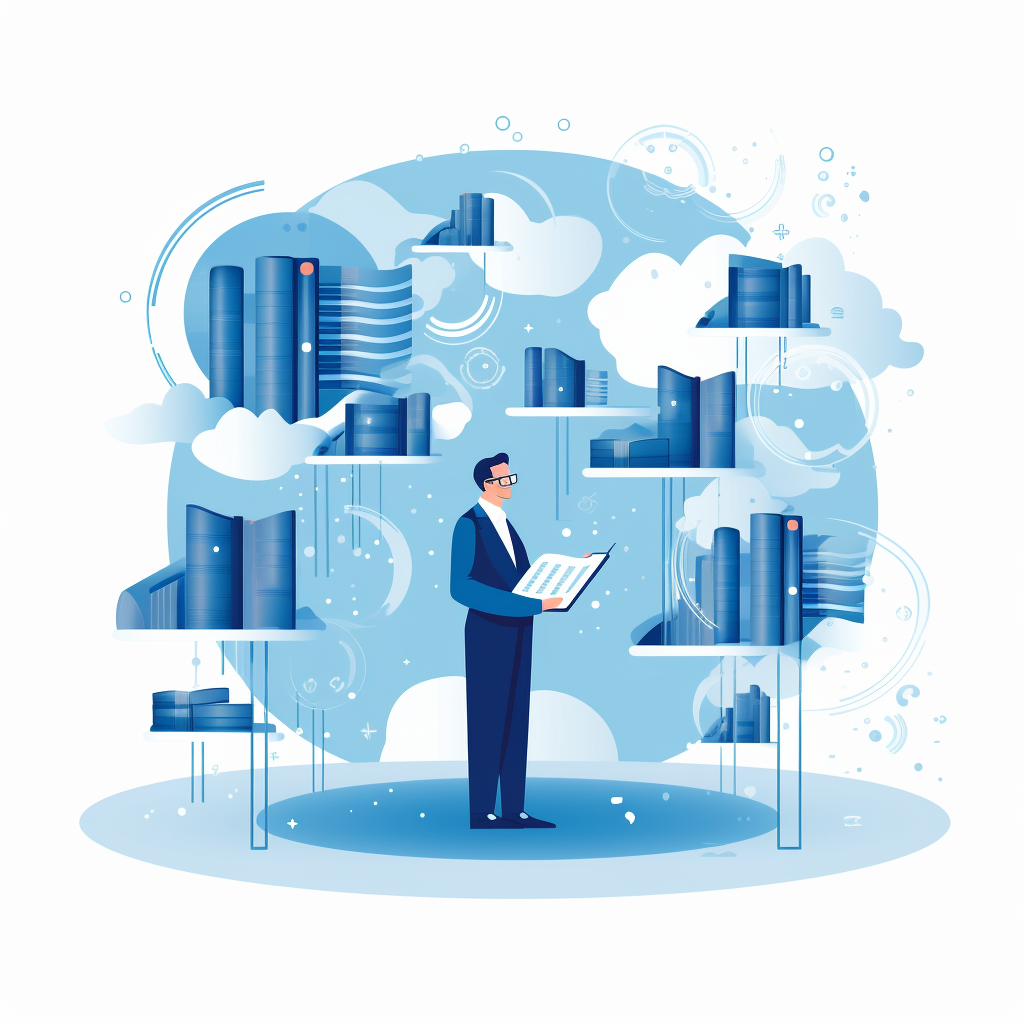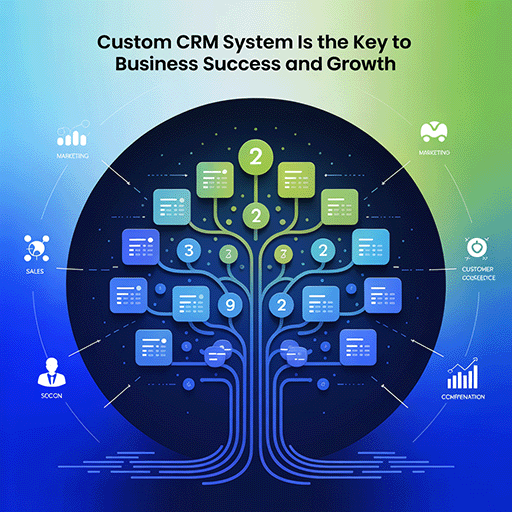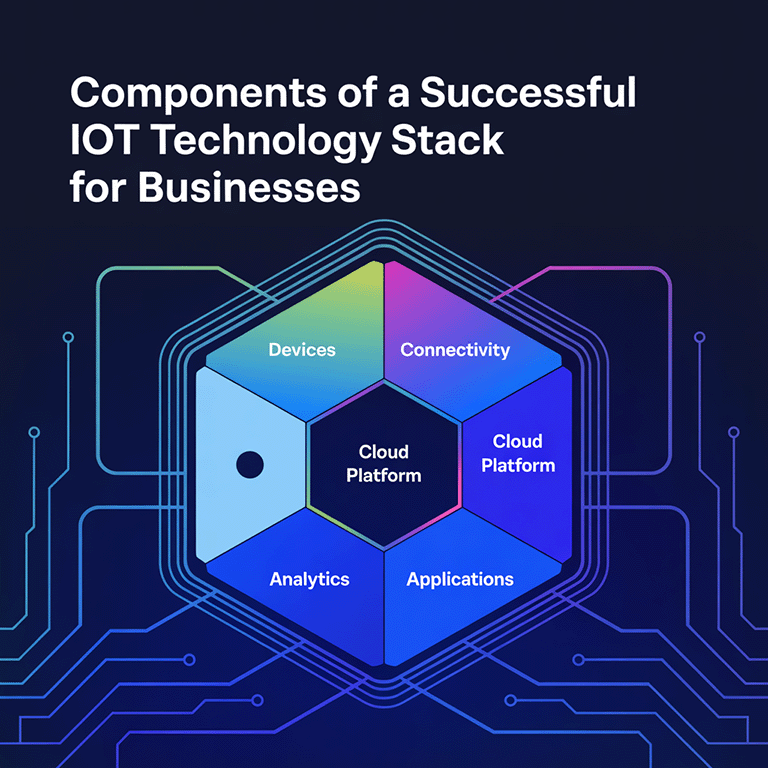Choosing the right cloud computing provider can be overwhelming, especially when faced with giants like Amazon Web Service (AWS), Microsoft Azure, and Google Cloud. But before we dive into the comparisons, let’s rewind to 2000. Back then, companies had to buy servers, hire engineers, and manage everything, leading to headaches and high costs.
Enter cloud computing—a game-changer allowing businesses to rent servers and pay only for what they use. Now, the spotlight is on The Big 3. In this article, we’ll explore the differences between Amazon Web Service, Azure, and Google Cloud, figuring out which suits your needs best.

A Brief Intro: AWS vs Microsoft Azure vs Google Cloud
AWS
What is AWS, and why is it used? AWS (Amazon Web Services) is frequently considered the leader of the top 3 cloud providers. With active clients across 190 countries, 170+ native services for developers, 2,000 government organizations, and 5,000 ed-tech institutions as customers, it does hold the palm among similar services. With its support, construction and hosting of applications have never been easier: Netflix, Coursera, Airbnb, Expedia, Coca-Cola, FDA, and Formula 1 are amongst the most prominent AWS users.
Azure
What is Cloud Azure? This is another public platform, rendering frameworks like PaaS, SaaS, and IaaS for networking, storage, virtual machines, analytics, and more. If you compare AWS to Azure, you’ll see that the latter can complement your in-house servers or substitute them for good. Known Azure supporters include Audi, Bosch, Starbucks, HSBC, Walmart, FedEx, Renault, and ASOS. In 2022, around 40% of Azure clients were from the USA and the United Kingdom. The total number of users is approaching 1,000,000,000.
Google Cloud
What is the Google Cloud platform? The platform was initially referred to as App Engine. It managed to win an audience despite entering the market long after Amazon and Microsoft. The business went an extra mile (or two), boasting a wider range of tools and possibilities than its closest counterparts. Between 2017 and 2022, it managed to almost double its market share from 6% to 11%, and now the cloud is hosting over 1.4 million websites. GC is the choice of Toyota, Spotify, Twitter (X), Nintendo, Paypal, Target, and UPS.
What Is Google Cloud Platform vs AWS vs Azure: Short History and Establishment

AWS
Amazon first launched S3 in 2007 as a durable and scalable framework for a business. After only a year, they developed EC2 to deliver scalable on-cloud resources. Since that time, they have been launching new features and services to meet the needs of the industry:
- 2009 – Amazon RDS and Amazon EMR
- 2010 – Amazon VPC and Amazon CloudWatch
- 2011 – Amazon DynamoDB, Redshift and Elastic Beanstalk
- 2012 – Amazon SES and Amazon SNS
- 2013 – Amazon Kinesis, ML, and Lambda
- 2014 – Amazon EFS and Amazon ECS
- 2015 – Amazon Aurora and Lex
- 2016 – Amazon Athena, EC2 Container Registry and EKS
Azure
Microsoft Azure was launched in 2008 under the name Project Red Dog. The present-day name was introduced later and is, in reality, the shade of the sky (cloud). Bill Gates, Ray Ozzie, Amitabh Srivastava, and Dave Cutler together developed the system:
- 2008 – The platform was announced
- 2010 – The platform becomes available to a wide audience, the same year the development team introduces a major update of the platform
- 2011 – HPC Scheduler, Traffic Manager, Azure Reporting
- 2012 – VM for Linux & Windows, Python SDK.
- 2014 – ARM Portal and ML
- 2015 – SONiC, Ibiza
- 2016 – Azure Service Fabric
- 2018 – Azure Maps, IoT Central
- 2019 – Zure Front Door Service
Google Cloud
Google Cloud Platform appeared in 2008 under the name App Engine but became available to the general public only in 2011. It was created to introduce easy management of web applications:
- 2008 – Preview available for 10,000 developers, later – to 20,000. In May, App Engine sign-ups were opened to all developers
- 2009 – The platform grants developers the right to buy extra computing resources; Java coding language was supported
- 2010 – Cloud is launched
- 2011 – Cloud is introduced as a fully managed database service
- 2012 – Go & tools are released, Google Cloud Platform Partner Program is launched
- 2013 – PHP support is announced
- 2014 – App Engine modules are generally available
- 2015 – GC monitoring went into Beta
- 2016 – Node.js support is announced
- 2017 – Endpoints and CDN are generally available
AWS vs Google Cloud vs Azure: Geography
AWS
The service currently covers 78 regions (140 countries) and has 14 data centers. To date, there are 114+ so-called edge locations, which are data centers focused on fast content delivery to end-users; they are typically the nearest to users. Also, 12 globally deployed CloudFront locations are located close to end users.
Azure
As mentioned before, the service covers the major parts of the United States and the United Kingdom, encompassing 54 regions, 3 availability zones (at least), and 116 data centers focused on fast content delivery to end-users.
Google Cloud
The GC Platform covers 103 zones across 34 cloud regions (geographies) and 200+ data centers focused on fast content delivery to end-users.
Compute Capabilities Comparison
Microsoft Azure, Amazon AWS, and Google Cloud all deliver similar computing resources (serverless options and VMs). Still, each of the three provides exceptional tools and features applicable across use cases. This allows a business to decide which of the three platforms best suits its requirements before choosing cloud software development services. Let’s compare Azure and AWS services and those of GCP.
| Service name | AWS | Azure | GCP |
| Compute Instance | EC 2 | Azure VM | GC Engine |
| Platform as a Service | AWS Elastic Beanstalk | App Service | Google App Engine |
| Container | AWS Elastic Container, Kubernetes Service | Azure Kubernetes Service | Google Kubernetes Service |
| Serverless functions | AWS Lambda | Azure Function | GC Functions |
Difference Between Azure and AWS and GC Use Cases

What is Amazon Web Services used for?
Back-up: The Cloud by AWS is a perfect place to store critical data and leverage diverse storage options to send system images for back-ups and thus fuel a company’s operations. The product offers multiple tiers for durable repository, file storage, file indexing, running apps, and highly effective writing.
Big data: With AWS, it’s manageable to build data lakes and make use of their scalable storage to run analytics, for example. AWS also introduced Artificial Intelligence, which means that its infrastructure can serve the next generation’s intelligent applications.
Mobile and web apps: The service was specifically developed to help IT teams launch and scale apps. New apps can be set up and built on local servers or developed with serverless computing platforms without using OS or related operations.
Gaming: AWS offers the horsepower that any gaming app may require. Applications hosted on Amazon Web Services provide end users with a smooth experience—moreover, the services’ global presence and networking power such apps up with scalable resources.
What is Microsoft Azure used for?
Web apps: Azure is a reliable and scalable space for web app hosting. Using the platform’s management and scaling features, an in-house development and DevOps team can deploy websites, APIs, and web applications.
VMs and IaaS: The platform features exceptional Infrastructure as a Service and Virtual machine capabilities. The advantage of Azure over AWS is that it allows running on Linux- or Windows-based workloads. Thus, both running legacy software and migrating already built software is easier.
Hybrid cloud: The platform is favored for backing hybrid cloud scripts, thus allowing teams to merge cloud resources and in-house data centers. This grants possibilities for extending current backbones to the cloud.
Ci/CD: Azure easily sustains and ensures the whole DevOps workflow. This covers but isn’t limited to source control, management of release processes, application management & monitoring, and automation. On the cloud, DevOps engineers can easily execute Ci/CD pipelines for automated software delivery.
What is Google Cloud Platform used for?
Web apps: GCP has a complete and profound set of tools well-adjusted for hosting and scaling web-based applications. Among others are Cloud SQL, Cloud Load Balancing, and Compute Engine. It also offers means for automatic scaling, app deployment, and ensuring global architecture.
ML & AI: GCP features services for ML and AI. These are Cloud ML Engine, AutoML, and TensorFlow. Together, they grant the use of pre-trained models, training solution architecture, and data labeling and allow the development and launch of Machine Learning models at scale.
Big Data: Another of the Google Cloud benefits is the presence of Dataspot & Big Query services that effectively handle and assess big data volumes. Both services comply with Hadoop and Apache Spark to ensure the delivery of large datasets comprehension.
Benefits & Drawbacks: Difference Between AWS and Azure and GCP
Benefits
| AWS | Azure | GCP |
| Present-day market leader | Supports hybrid cloud architecture | Specializes in ML, AI, and Big Data |
| Fast transfer and high stability | Integrates with tools and software by Microsoft | Integrates with services by GCP |
| High data availability level | Enterprise-focused platform | Detailed API documentation |
| 78 regions, 140 countries, 114 edge centers | 54 regions, 3 availability zones (at least), 116 data centers | 103 zones across 34 cloud regions and 200+ data centers |
Drawbacks
| AWS | Azure | GCP |
| Weak hybrid cloud architecture | Integration with non-Microsoft products is problematic | Supports a limited number of coding languages and their frameworks |
| No plans for hybrid cloud architecture support | Non-flexible in case of non-Microsoft products | High cost of downloading from GC storage |
| Complex (manipulated) scale offerings | Poor support services | High fees for basic services |
Having analyzed all parameters and market tendencies, AWS cloud benefits over Azure and GCP become clear. Due to Amazon Web Services benefits, this cloud wins this battle and scores more points, leaving Azure and GCP far behind. However, businesses focused on Microsoft-based products see evident Azure benefits over AWS. To decide what platform is more beneficial for you, you need to evaluate your current business and determine the direction you’re moving in.
In a Nutshell
The evolution from traditional server infrastructures to the dynamic landscape of cloud computing has reshaped how businesses operate. The transition from purchasing servers and managing in-house infrastructures to the flexibility of Amazon Web Service, Azure, and Google Cloud represents a pivotal shift in the tech paradigm. As you navigate the choices between these cloud giants, consider your specific needs and priorities.
Whether it’s the expansive offerings of AWS, the seamless integration of Azure, or the innovation-driven approach of Google Cloud, each has its merits. Ultimately, the right choice hinges on aligning the unique advantages of one provider with your business’s goals, ensuring a seamless and efficient cloud computing experience.





